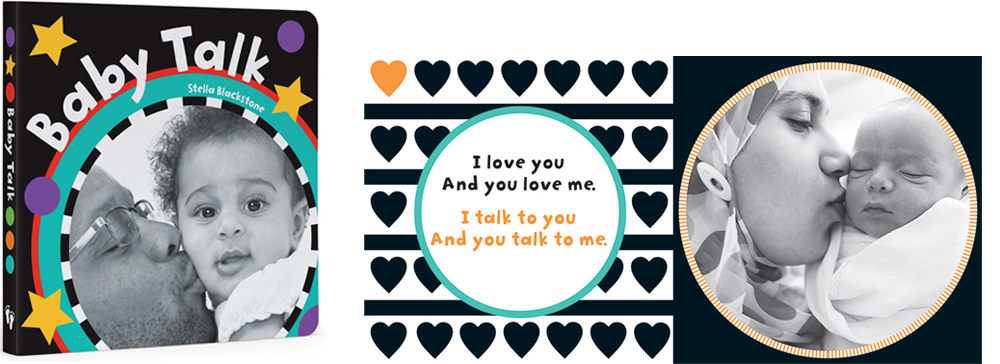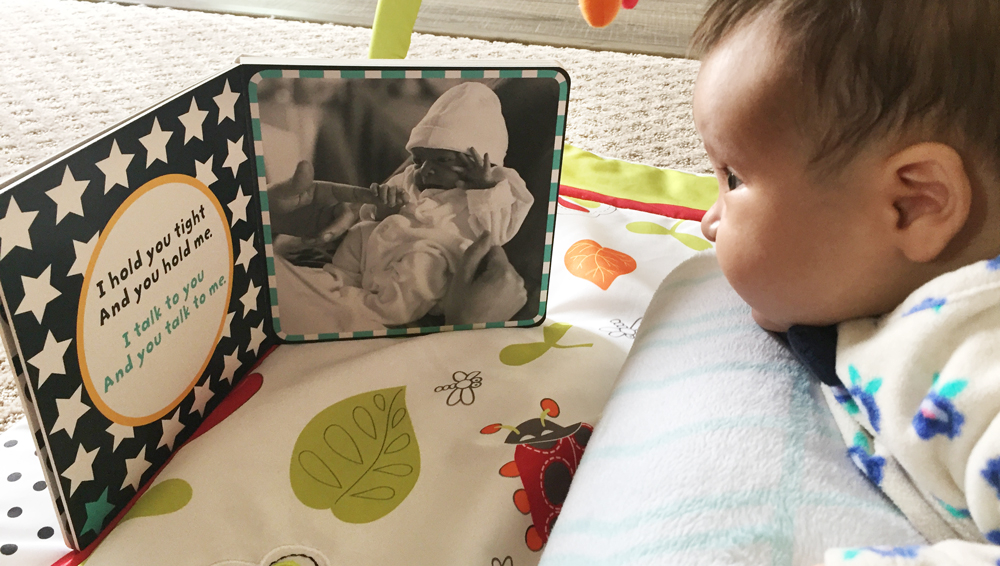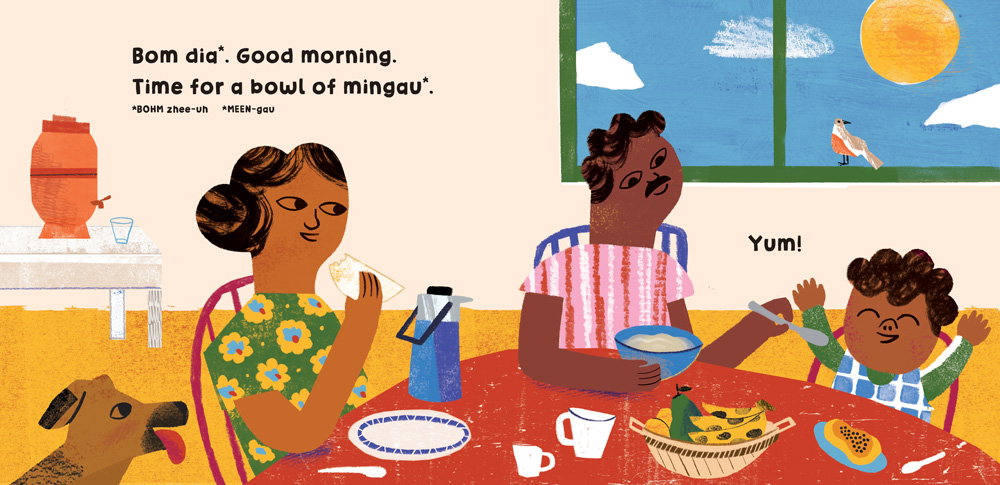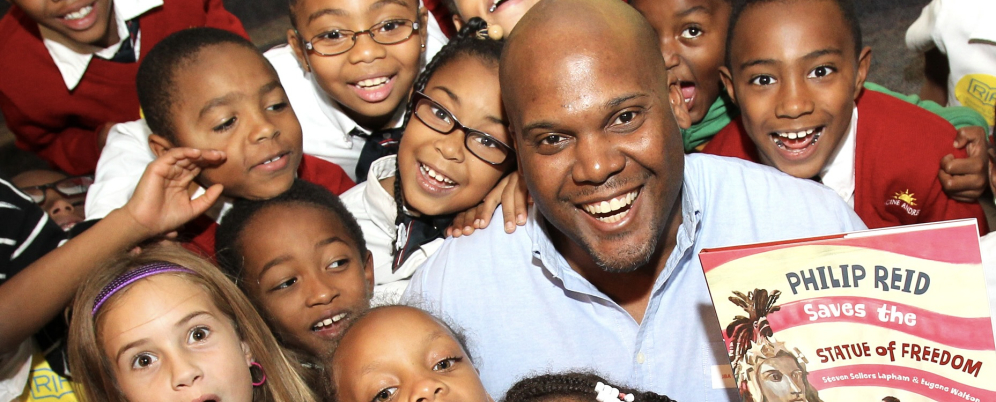How to select the best books for babies: 0-7 Months
In this two-part blog post, hear from our friend Stefanie Paige Wiedner, the Director of Education and Content at Barefoot Books, an independent children’s publisher. Here she shares recommendations for selecting books to engage and educate children from the very youngest ages. She includes a wonderful set of suggestions for educators and families to utilize as you introduce babies to the wonder of books!
Reading to infants is a relatively new idea. On the surface, it’s hard to understand what babies get out of hearing a book. A growing body of research tells us that the benefit is actually from the interactions and behaviors that the books elicit. So much so that in 2014, the American Academy of Pediatrics issued a policy statement recommending that story time with caregivers start in infancy.
Reading during the first year of life supports optimal development in all developmental domains: cognitive, language, motor and social-emotional. Here’s a breakdown of how to choose the types of books that best support development throughout infancy.
Selecting Books for Younger Infants (Age 0-7 months)
Developmental Highlights
In early infancy, there are so many changes in physical development: improved vision in the first few weeks of life, improved head and neck control and development of those core muscles for rolling and eventually sitting up. Babies this age are learning all about the world through their senses. As they near the end of this period, they are also beginning to realize that they are separate from other people.
Ideal Books
Books with High Contrast Images
It’s not until about six months of age that babies can see colors and dimensions of objects in the same way we do. When they’re born, babies only see black, white and gray, and can only see a few inches away from their face. Their vision improves steadily over the first few months. Books like Baby Talk written by Stella Blackstone use bold colors and black and white photography to create high contrast images. High contrast images provide a useful focal point for young infants, which helps them regulate and can prevent overstimulation.

Board Books, Fabric Books & Tactile Books
For younger babies, board books are great for encouraging tummy time. They can be laid flat or propped up to strengthen those neck and core muscles in the first months of life. Babies also explore the world with their mouths, which is an important way for them to take in and process information. Choose books like board books and fabric books that are suitable for mouthing, and allow babies to mouth the books. Fabric books with tactile elements invite babies to use their sense of touch to explore the book, further encouraging multi-sensory learning.

Routines & Familiar Things
Books about the familiar help babies make sense of their world and provide a sense of security. Baby Talk is about things that are familiar to babies: talking, holding, singing, snuggling and being with their favorite caregivers. Another example is the books in the Our World series, which follow the day in the life of children who live in different countries around the world.


Diverse & Inclusive Books
Research shows that babies exhibit racial preference by six months of age. Reading diverse and inclusive books that depict people (instead of animals!) can positively impact babies’ sense of self and increase their acceptance of those who don’t look like them. Baby’s First Words, written by Stella Blackstone and illustrated by Christiane Engel, does this well, by depicting a day in the life of a family that happens to be a multi-racial family with two dads.

Be sure to check out the companion blog to learn about best books for babies ages 7-12 months.

Stefanie Paige Wieder
Senior Director Of Education And Content
Stefanie Paige Wieder, M.S.Ed, has enjoyed nearly 30 years of working with children, families and teachers in diverse settings all over the United States as an early childhood education specialist, teacher trainer, and parenting coach. Since 2014 she has served as the in-house child development expert at the independent children’s book publisher, Barefoot Books, and is currently their Director of Education and Content. Stefanie earned her dual master’s in Early Childhood General & Special Education / Infant & Parent Development & Early Intervention from the Bank Street Graduate School of Education and her B.A. from Harvard University. Contact Stefanie on LinkedIn: https://www.linkedin.com/in/stefanie-paige-wieder/.

